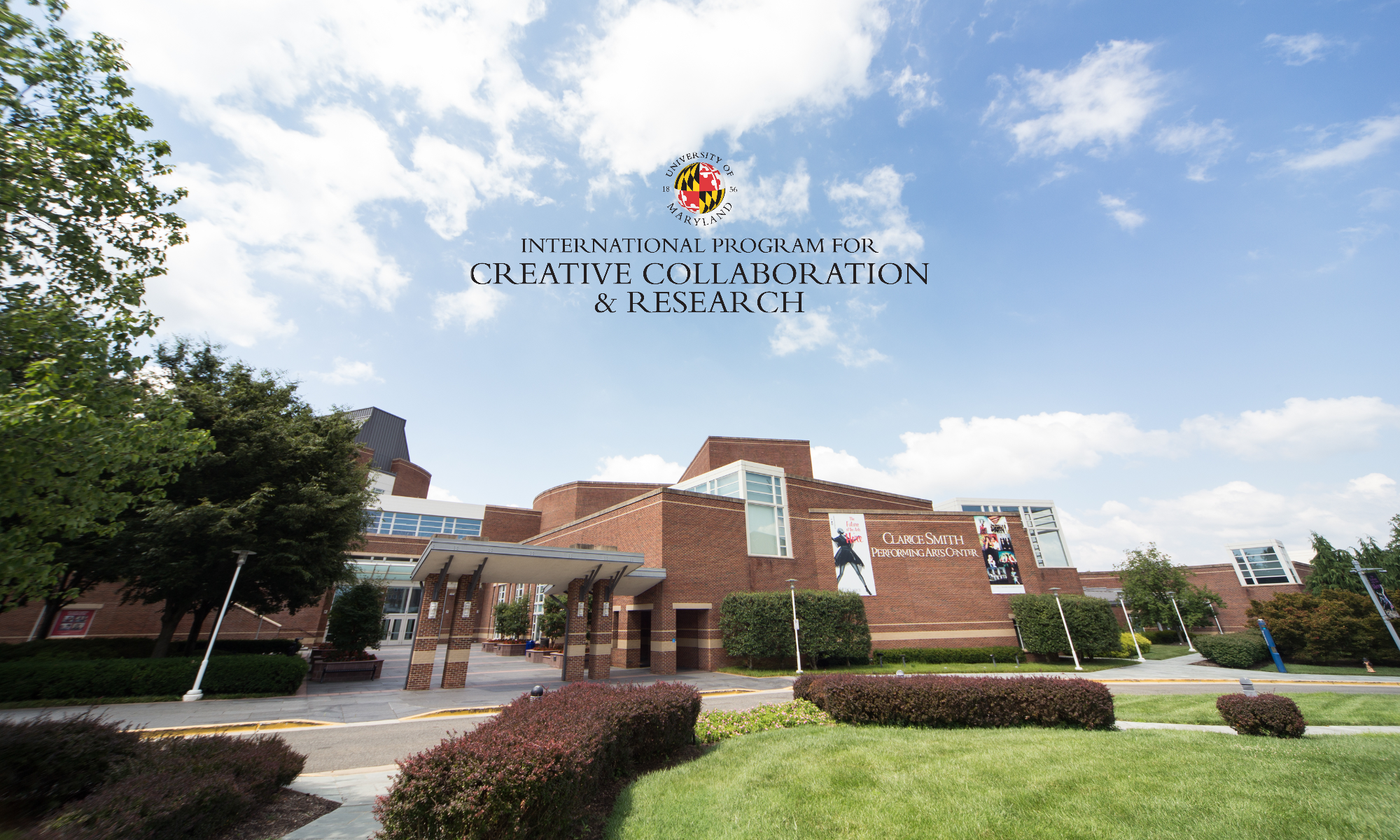
My visit to Moscow was a continuation of my ongoing relationship with faculty and students at the Moscow Arts Theatre School (MATS), Russia’s leading conservatory-type training program in theatre. MATS’s Department of Scenography, located in the same building as the Moscow Arts Theatre itself, is a unique institution with its own tradition and vast artistic and material resources. My first visit to MATS took place in March of 2017 when I was in Moscow at the invitation of the Golden Mask Festival’s Academic Conversations program. While meeting with students and young theatre artists at MATS and at the Meyerhold Center I encountered a lot of interest in (coupled with an acute lack of detailed awareness of) American theatre, particularly in its design, production, and organizational aspects, and in graduate theatre education in the United States. I was invited to conduct several seminars for MATS students and faculty (to which graduate students from other leading programs, such as GITIS, were also invited). My other important goal was to continue building relationships with faculty at the MATS with the aim of eventually developing faculty and student exchanges, recruiting potential gifted graduate students in design.
Last, but not least, I was very interested in learning more about European (and Russian in particular) pedagogy in scenography and in how MATS teaching methods and practices can help me and my American colleagues develop new projects and incorporate them in our curriculum.
My biggest discovery was the extent to which the institutional culture and organization of American professional theatre (both regional/non-profit and commercial theatre) is different from European and Russian repertory-based, festival-oriented and largely government-funded model and how these differences help explain fundamental contrast between the direction and the current state of my art form in the United States and abroad. I now strongly believe that students on both sides can greatly benefit from some form of exchange that will expose them young American designers to the artistic rigor and tradition of Russian theatre and educate their Russian counterparts about the state of the art as it exists in the United States.
